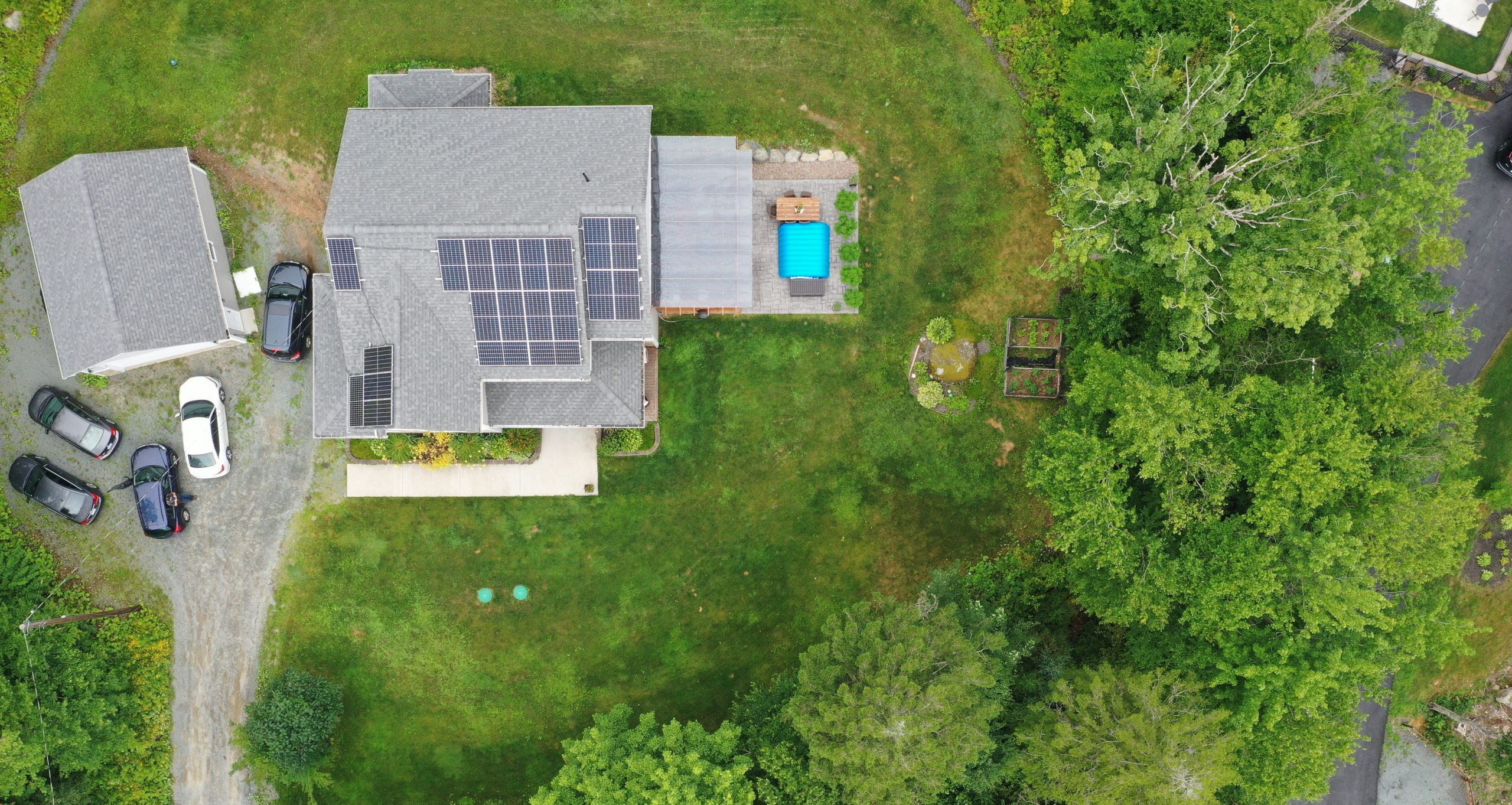Solar programs like MicroFIT and Net Metering have helped many Canadians make the move to solar. In fact, solar has grown by over 40% in the last ten years, and that’s partially thanks to solar programs that make installing a new solar system more affordable. If you’ve gotten a residential system installed over the last decade, you’ve probably used one of the two programs listed above.
So what exactly are MicroFIT and Net Metering, and how have they helped Canadians make the switch to solar energy?
MicroFIT
MicroFIT started in 2009 and allowed Ontario homeowners to enter into a contract with the Independent Electricity System Operator (IESO) and become micro suppliers for the grid. MicroFIT was unfortunately cancelled in 2017, but all approved homeowners will continue to receive payments for their production until the 20-year contract term with IESO is over. Once the term is done, homeowners can also choose to apply for the Net-Metering program.
With MicroFIT, homeowners do not get to use any of the energy they generate and still have to pay market price for all the electricity they consume. However, expenses can be offset with the payments received from their MicroFIT contract.
Homeowners could install systems of up to 10kW in size to receive the best rate under the microFIT program. Systems above 10kW fell under the FIT program and would be approved for a lower rate. Most participants opted to go with microFIT for the best return on investment.
By the end of MicroFIT, the program approved over 30,000 contracts and improved accessibility for renewable energy to homeowners, schools and indigenous communities across Ontario.
Net Metering
Net Metering started in the United States and is now a program offered across many countries. Each utility company has their own policies, so it’s always recommended to check with your utility company before signing anything. Essentially, customers can use the energy produced by their solar panels or other renewable energy sources for their homes first, and any excess electricity generated will go to the grid in exchange for credits. These credits can then be used to further lower future power bills.
The goal of net Metering is to allow customers the flexibility to use the energy they generate whenever they need it. Homeowners can usually accumulate credits during the summer to use during the slower winter months. By allowing customers to send excess electricity back to the grid for credits, many homeowners can effectively reduce the energy portion of their power bill by a significant amount. It’s an affordable way to use your own green energy without having to pay for expensive batteries.
Net Metering is also a great way to protect your budget against skyrocketing electricity rates. With our low-interest financing program (as low as 0%), you get to lock in your monthly payment for the entire financing term. That means no drastic increases to your expenses over the years and a guarantee that the system is 100% yours after the term is officially over.
Go Solar With Polaron
With over nine years of experience in the industry, Polaron has installed many projects for both MicroFIT and Net Metering customers. We know how to get you the most out of your solar system. We’ll help you with all the applications and take care of everything to make the process as smooth as possible.
Polaron and Net Metering can help you go solar at an affordable price. Contact us today for a free estimate to see how much you could save with solar.
Sources

